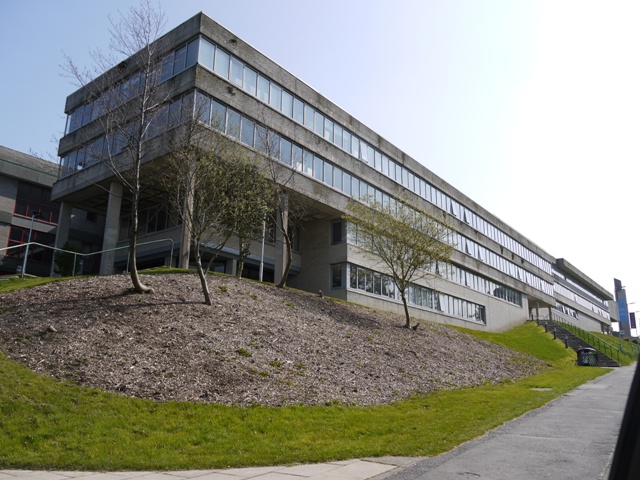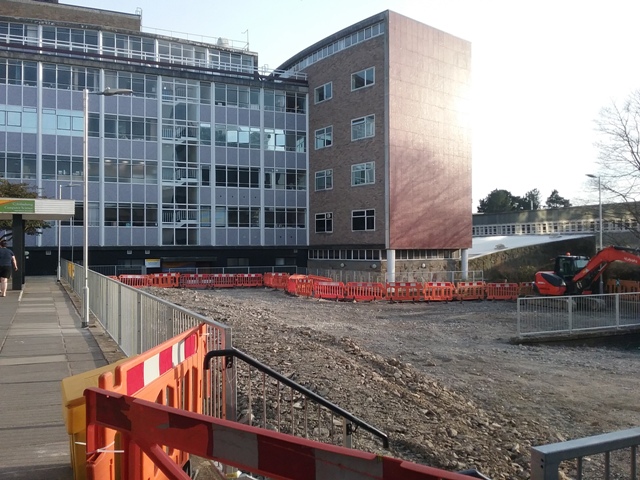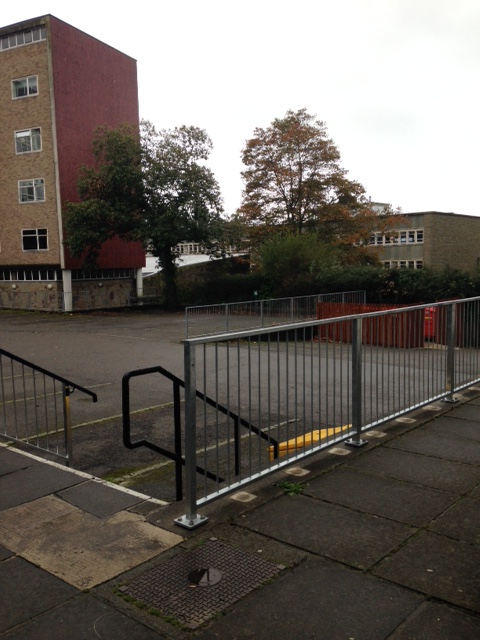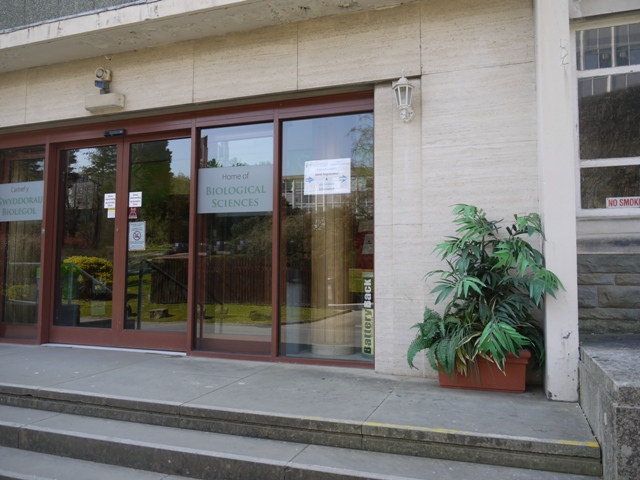By The Curious Scribbler
In 2016 I wrote about Aberystwyth’s two fine mosaics by Jesse Rust of Battersea, which respectively adorn the exterior of the Old College, and the floor of Llanbadarn Church. Both arose as a result of the influence of the architect J.P.Seddon, who worked on the restoration of St Padarn’s Church in 1878 and who designed the seafront hotel which was to become Old College. When Seddon enlarged the building for the College the triptych panel, (which depicts Pure Science flanked by two acolytes bearing the fruits of applied science), was installed at the south end of the Science wing in 1887.
For many years the mosaic floor of the church has been partially covered with a red carpet, and pockmarked here and there with damage, missing tesserae, and a few poor quality repairs. That is until last Monday, when the Mosaic Restoration Company came to town.

Llanbadarn Church mosaic floor. holes before restoration
In just four days the team of four have wrought a massive change. Specialist cleaning has revealed a palette of colours barely apparent before. Down on their knees each worked on replacing the missing pieces of of the design. Beside him was a set of tupperware boxes containing appropriately matched pieces of opaque glass. The original glass was made, by recycling glass bottles, in Jesse Rust’s Battersea workshop. Today the glass is sourced from Italy, where mosaic restoration is bigger business than it is here.

Repair in progress

Material for the glass tiles
Many of the swirling patterns contain flower designs, in which the replacement petals have to be clipped away to make a curved edge.

New white tesserae cut to shape to replace the missing pieces

A crudely repaired curlicue before restoration

The same after restoration
It takes close inspection to notice all the elaborate detail of the floor, the different shades and patterns within which the large squares of gold and red picture tiles are framed, and the edging details which make this extensive mosaic resemble a bespoke fitted carpet. The sets of four picture tiles set in circular frames are by Godwin of Lugwardine, a popular manufacturer of tiles on holy subjects. The many different designs include the Lamb of God, the four evangelist symbols, and sundry angels and kings. Not a single one is broken, and the variety on the church floor far exceeds the collections of the British Museum!

The gleaming cleaned and restored floor.
The Church is to be congratulated for seeking out the funding and expertise which has brought this huge mosaic back to its full potential. I hope that the carpet will not return! The organist tells me that the acoustics, without it, are much improved so there is every reason to display the entire floor as the designer intended.
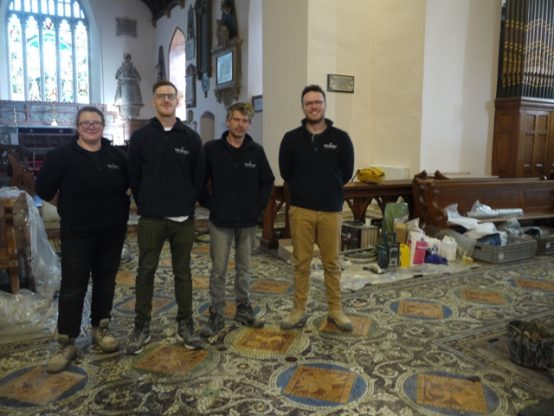
Four restorers from The Mosaic Restoration Company, at Llanbadarn Church last week

 Embarrassing is indeed a good word for what has been done to the campus in the last two years!
Embarrassing is indeed a good word for what has been done to the campus in the last two years!
